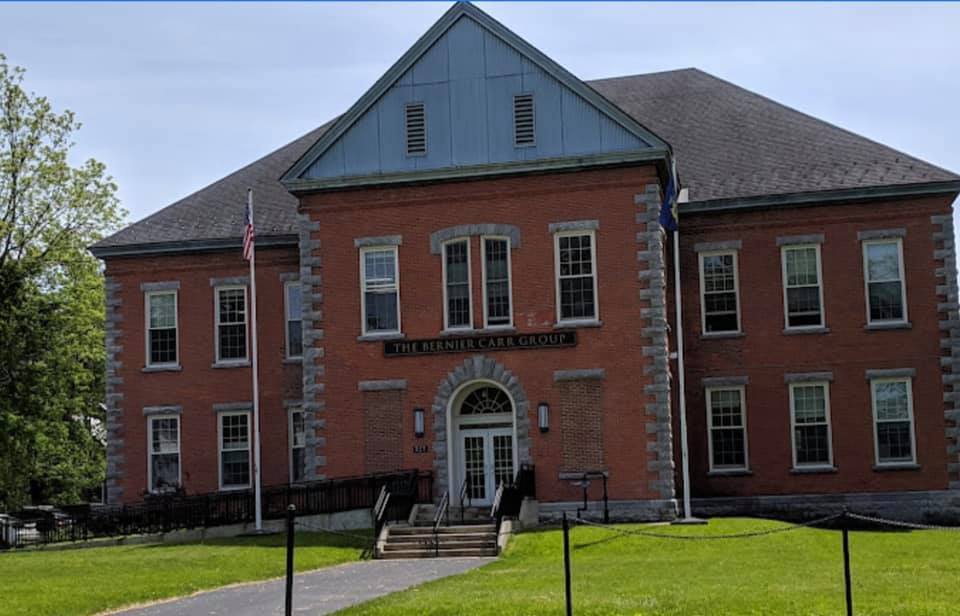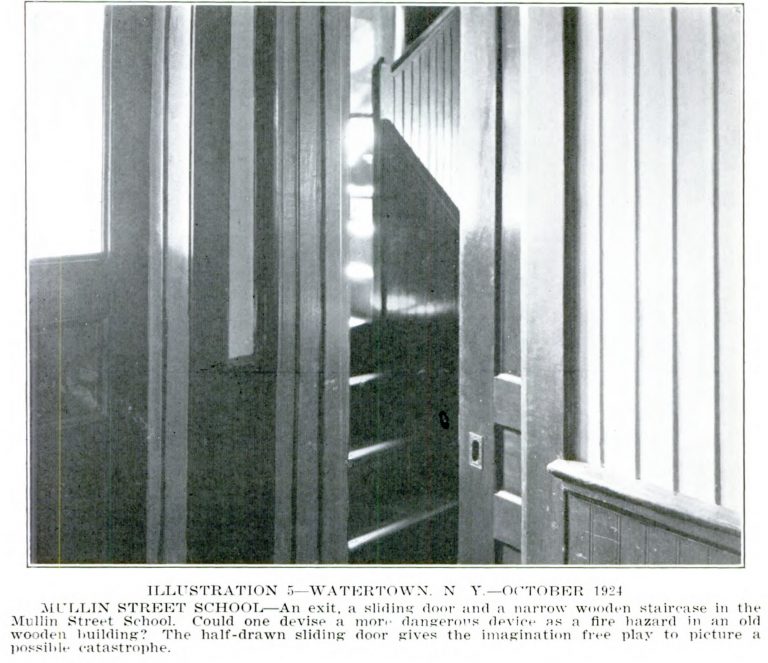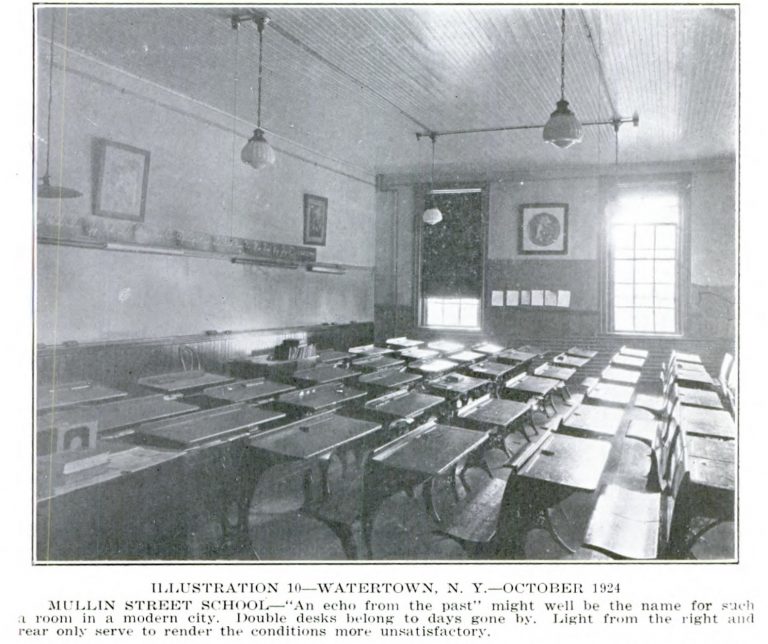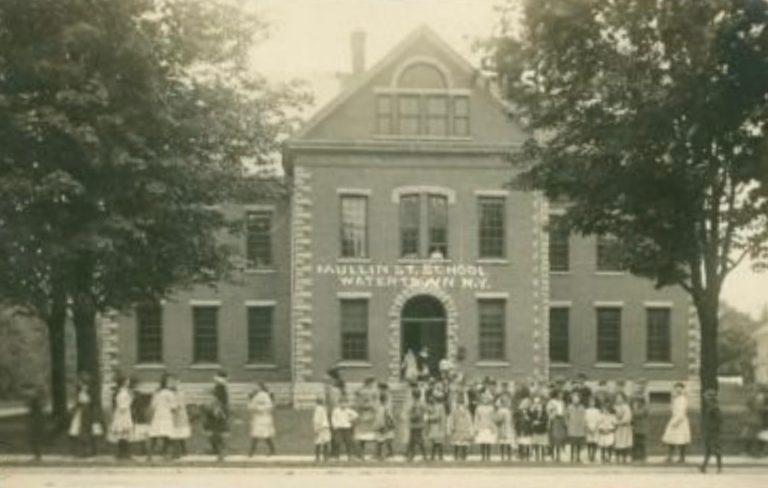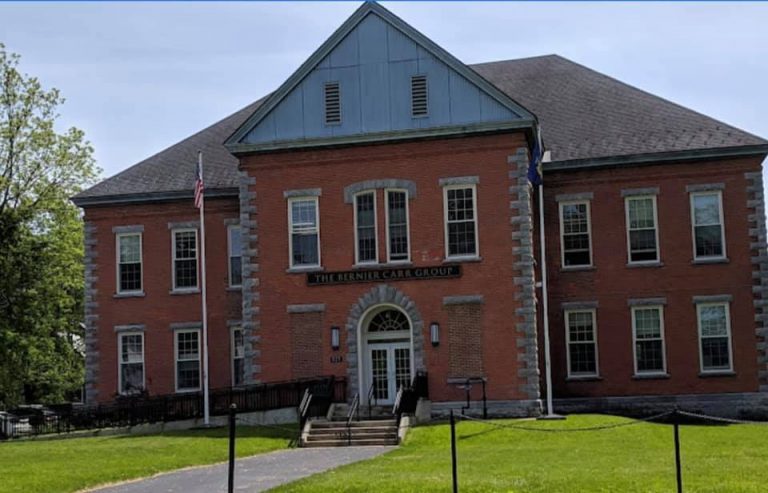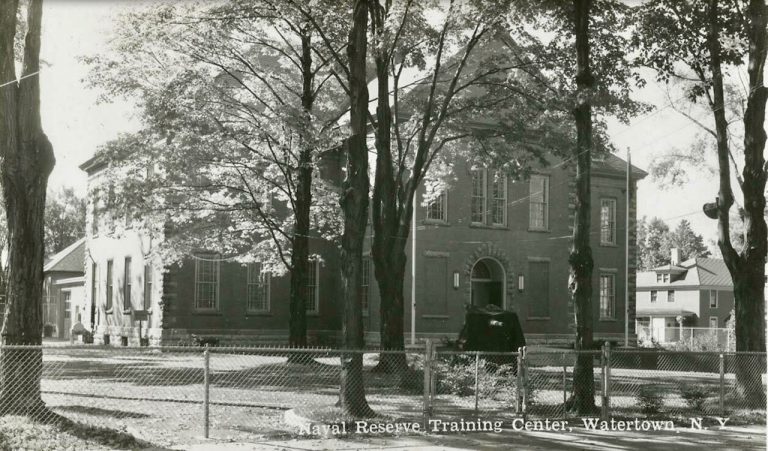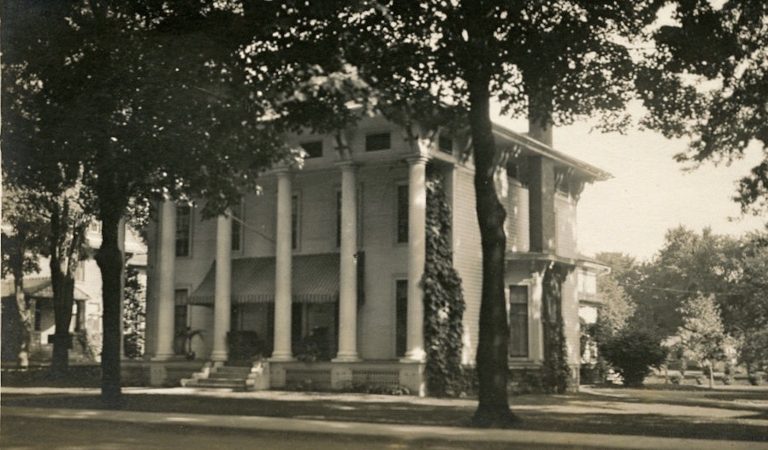Saved By The Bell: The Old Mullin Street School
The original Mullin Street School was one of the older schools in the village, later city, of Watertown, along with the original Arsenal Street, Bradley, Lamon, and Cooper Street Schools. The school was of the era where outhouses were used, and, prior to the new school being built, the outhouse for the old school was said to have been in very bad condition. The new school that replaced it, completed in 1890, was given the same name.
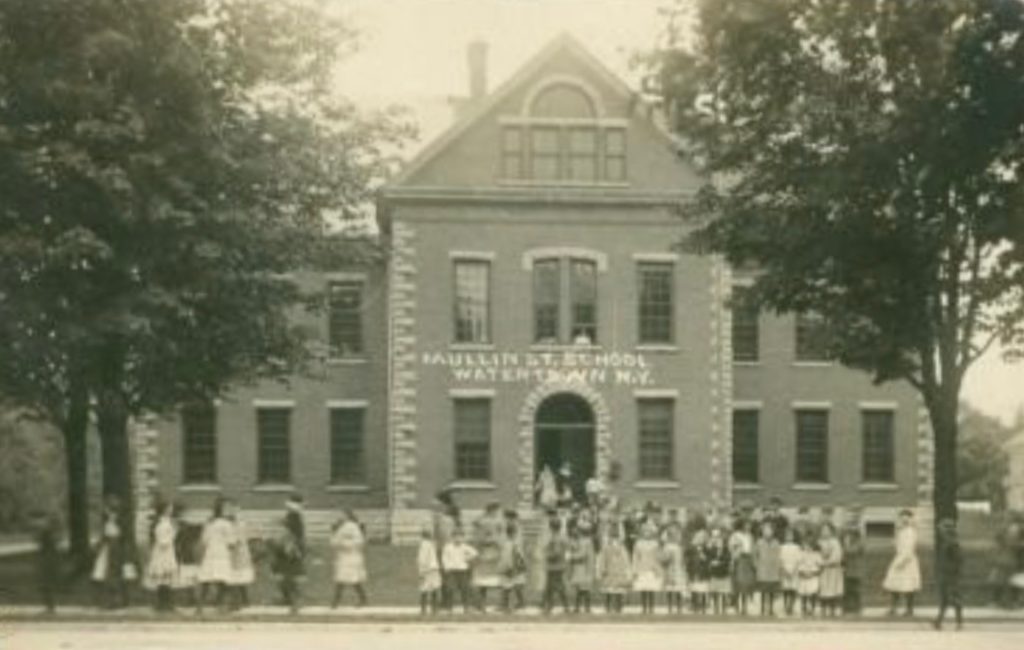
The original Mullin Street School dates back to 1867 when, at the time, the board of education was looking to dispose of the Sterling Street Schoolhouse, which later became home to Grace Church. At the time, Academy Street School, affectionally referred to as the Old Academy, also needed repair. The original Mullin Street School was planned to open as soon as the Sterling Street School was sold.
As with many buildings in this era, ventilation was an issue – and not just during the summer. During the winter of 1873, the Watertown Daily Times reported that coal gas from the furnace was so plentiful, that a teacher fainted and and fell upon a register and cut her head. After regaining consciousness, she fainted again, followed by numerous students falling from their seats “in fainting fits.”
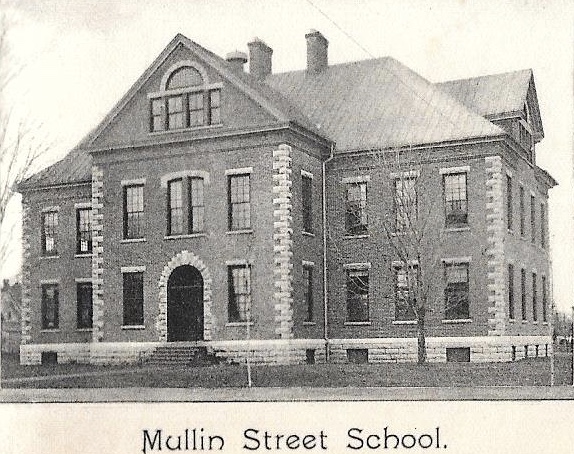
No official reason was stated as to why the original Mullin Street School was replaced in such a relatively short time span (1867 – 1890), but its replacement, opening in 1890, didn’t fare too much better, having lasted 39 years prior to abandonment. The Times reported on the new school’s acceptance in 1890—
Commissioners Thomas C. Chittenden, John Lansing and S. F. Bragg, of the board of education, visited the Mullin Street School yesterday afternoon and inspected the new building, which they accepted without finding any fault, the structure having been constructed according to plans and specifications.
Contractor John Hardiman, who has met with a few misfortunes while erecting the new school-house, feels justly proud over his success and appreciates the compliment the committee has conferred upon him by accepting the building and taking it off his hands without any complaint.
Several months later, the executive committee authorized the building of water closets at the new Mullin Street School, to grade its lot and remove the old schoolhouse as well.
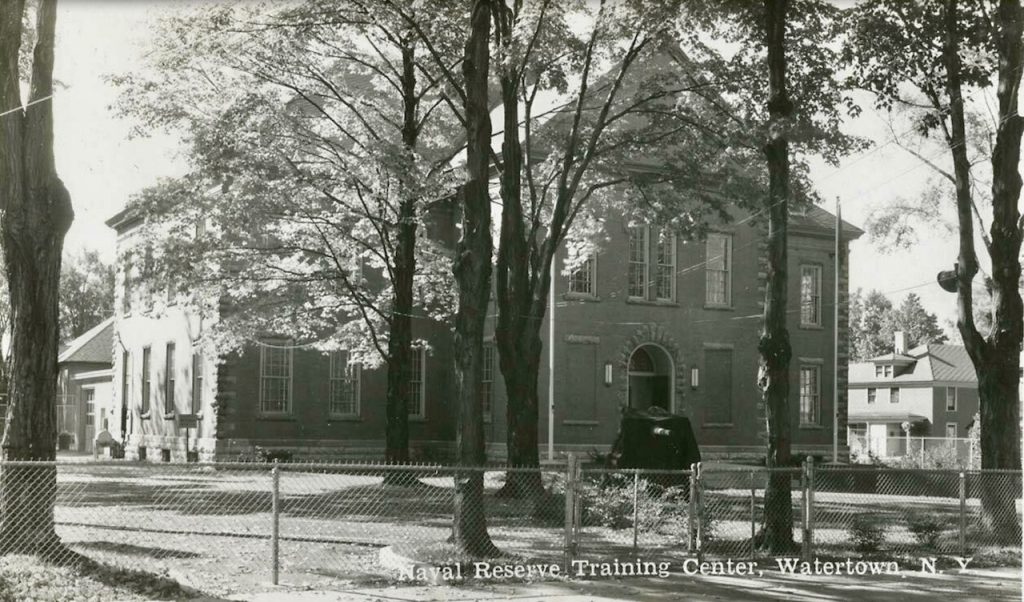
In the 1890s, the Mullin Street School invoked a “no recess” plan where students would attend classes for three straight hours at a time. Some of the administrators, unaware of this, called for the practice to be discontinued. However, after investigating the matter, they found that teachers favored it, and scholars of the five upper grades almost unanimously favored it. The committee recommended that the plan continue and departments devote five minutes in each session to marching in halls, permitting the air to be changed in each recitation room.
In the assessment of schools for the 1892 school year, The Times reported of the Mullin Street School—
Although the census shows a larger number between 5 and 21 years of age in the third than in the second ward, Mullin Street School has fewer pupils than Academy Street.The school in the 3rd ward was one-third smaller than that of the 2nd.
The prejudice which existed against the old building has probably never been entirely eradicated, and, as a consequence, more children attend select or parochial schools from this ward than from any other. But it is gratifying to be able to report a gain in attendance, and there is no reason now why Mullin Street School should not become as popular as any school in the city.
That same year, the sanitary condition of the new school was called into question by a board member who happened to be a plumber. A foul odor seemed to besiege certain areas in the building. Lamon Street School was said to have a similar condition and that, until temporary remedies were applied, no one should be allowed to enter except men employed to cleanse and fumigate its cellars and closets. Apparently, the leap from outhouse to restrooms with plumbing in the new school didn’t quite go as expected.
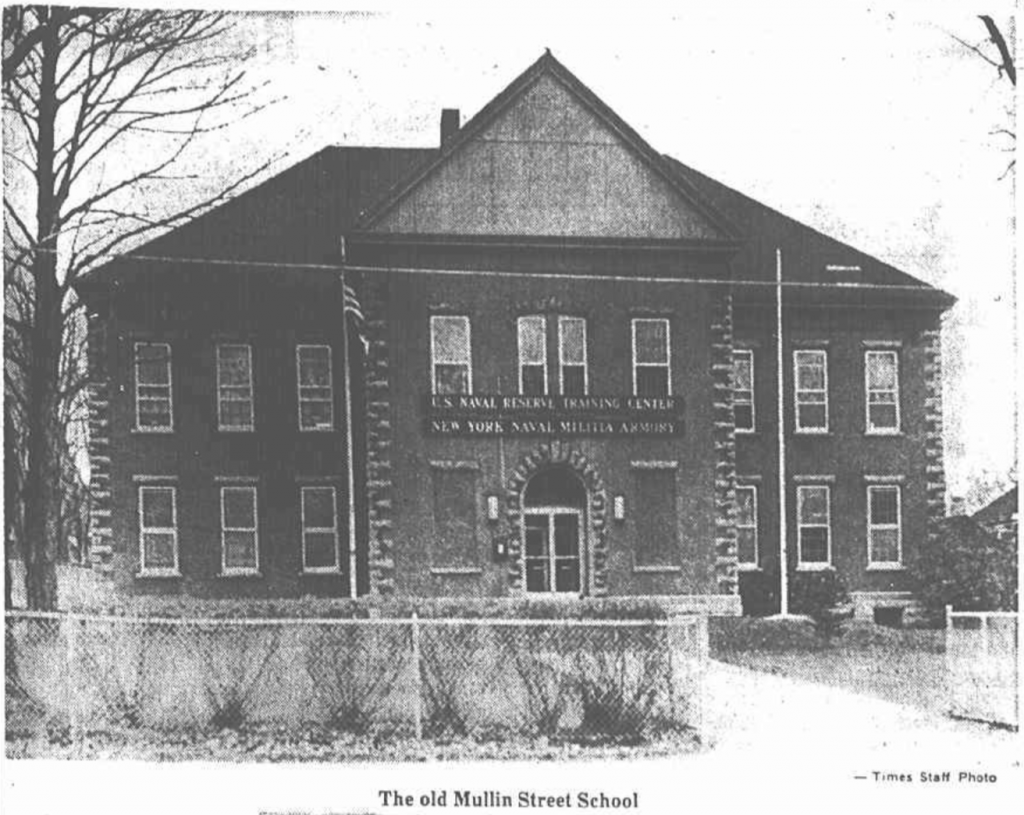
In the spring of 1893, a resolution was adopted and put into order to remedy the situation by—
putting a proper cement bottom in the cellar of said building, with proper drainage therefrom;
by putting a foot vent at the trap outside the wall, reaching up to and above the roof of the building, by suspending the soil pipe from the floor above, giving it a uniform grade from the floor at the closet to the mouth of the sewer, all fixtures to be property trapped and ventilated, the iron urinal to be replaced by a marble or slate slab, the urinal to be flushed by a small automatic flushing tank through a perforated iron pipe, running across the upper face of marble, slate or cement, properly connected as above stated;
by removing the closets and substituting an iron enamelled (sic) latrine to be supplied with water from an automatic flushing tank, heat to be placed in the rooms for the proper protection of said system; all of said work to be done under and subject to the inspection and approval of the inspector of plumbing of the city and without necessary delay.
1904 saw the installation of a modern heating and ventilation system in the Mullin Street School at a time when its enrollment was nearing 400 students (381 to be exact.) This necessitated the addition of another classroom to accommodate 8th grade rather than send those students off to either Arsenal or Academy Street Schools.
Experts from the Teachers College, Columbia, conducted a survey in 1924 that resulted in a number of recommendations. In addition to two junior high schools resulting in North Junior and South Junior High Schools, the survey recommended the immediate construction of a new Mullin Street School. Criticism of the 34-year-old school included “An echo from the past” regarding a classroom using double desks, limited lighting, narrow, wooden staircases, and sliding doors in a wooden building that screamed “Fire Hazard.”
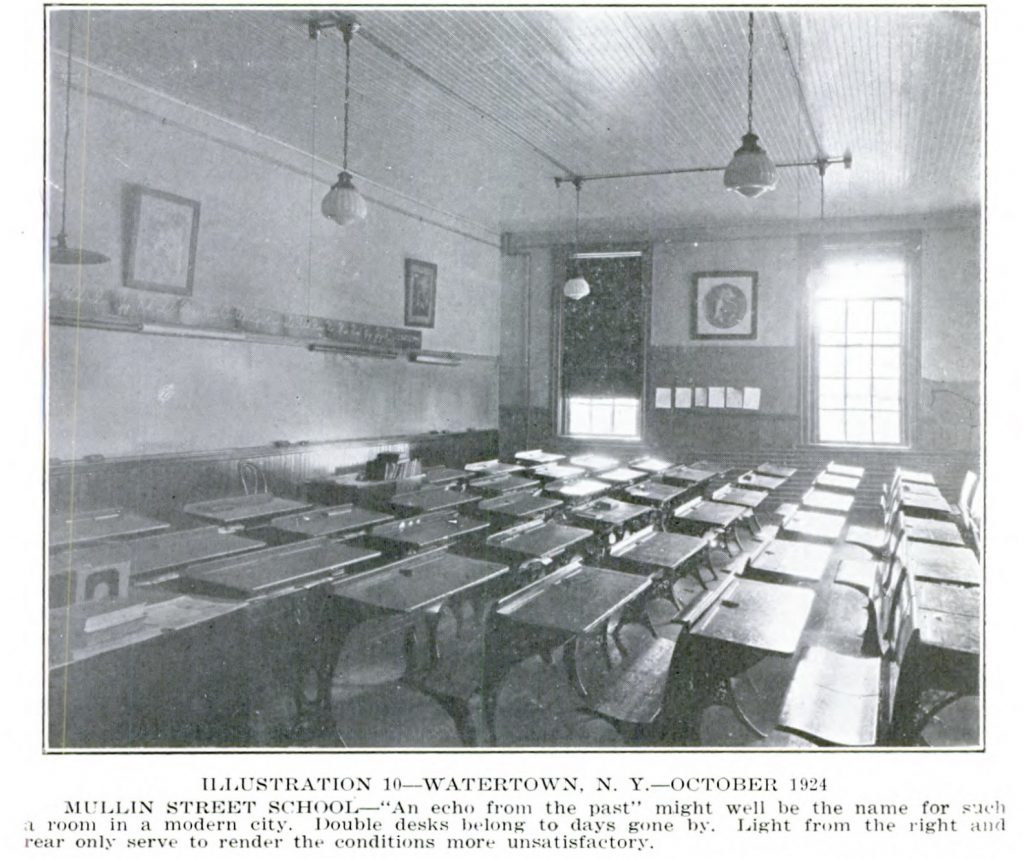
The Mullin Street School’s days were numbered when the public joined the criticism in 1926, writing letters to the editor of the Watertown Daily Times stating—
The Mullin Street School building is an old structure that does not meet present day standards or requirements. It was constructed long before there were any prescribed standards governing the planning and erection of school buildings. It is not at all surprising, therefore, to find that it fails to meet most of the modern day standards and requirements.
To render the case particularly aggravated the building is seriously congested. In this school three rooms are used that are far too small for classroom purposes. In one of these rooms in order accommodate the pupils the seats are placed directly against three walls, thus leaving no outside aisles. On two sides the seats are set against the heat pies and on the third side against outside windows.
The pupils must pass between seats in order to get into one aisle. In other rooms the outside aisle is so narrow that an adult has to go sideways to pass through them. The basement toilets are antiquated and unsanitary. Further, this building is without any general assembly or recreation room.
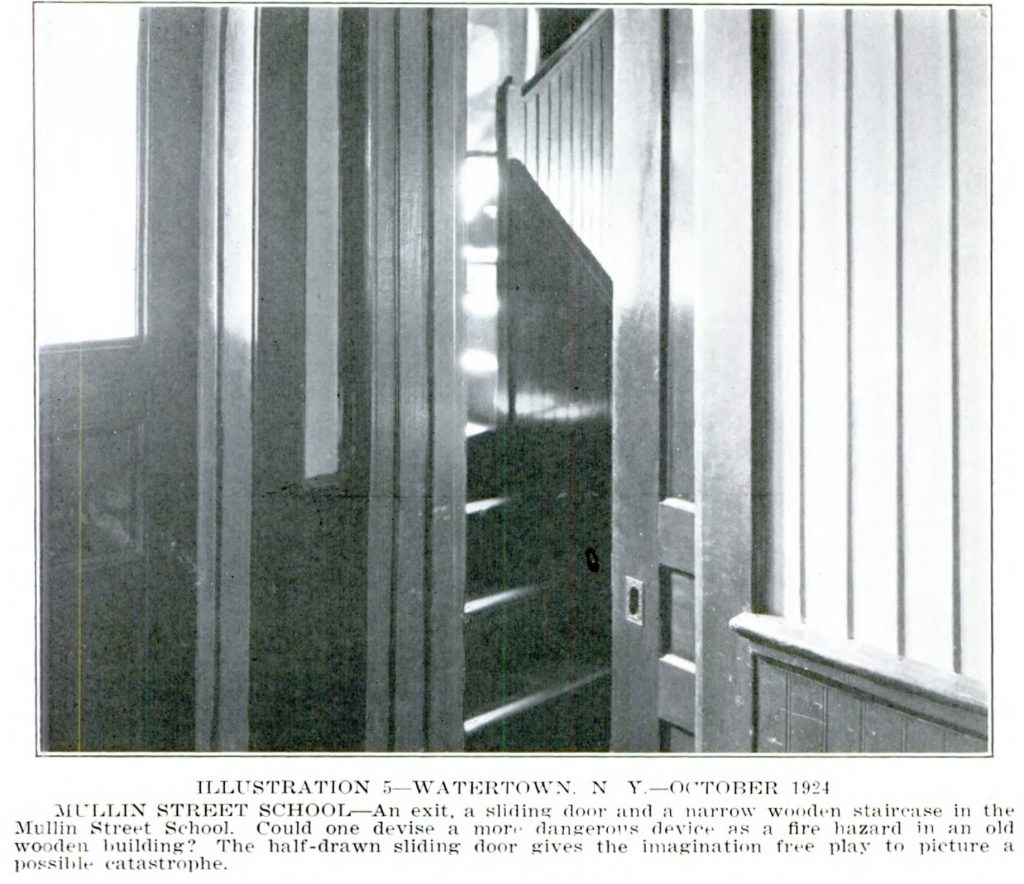
Rather than build another school on Mullin Street to replace it, the Sherman Street School was built nearby and opened in 1929. This left the board of education an issue of what to do with the building. According to the Watertown Daily Times article, Abandoned Elementary Schools Are a Source Of Many Problems, published Dec. 23, 1970–
At one time the Board of Education had decided to raze the building since it could not be sold and was costing too much in taxes. However, the City Council intervened and negotiated a sale.
The building was eventually renovated and, for many years, became home to the U.S. Naval Reserve Center, New York Naval Militia Armory.
Since c.2005, the building has been home to BCA Architects & Engineers. As of August 2021, it’s recently been put up for sale once again – no small feat for a building set to be razed after abandonment nearly 100 years ago – as BCA Architects & Engineers relocated into the ground level of the historic Woolworth Building on the American Corner downtown in 2022.
